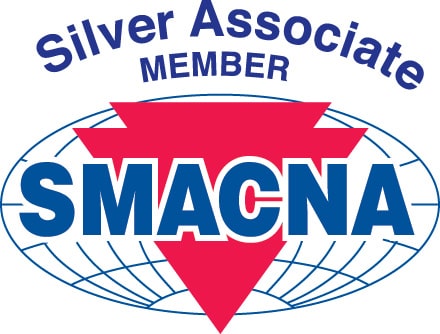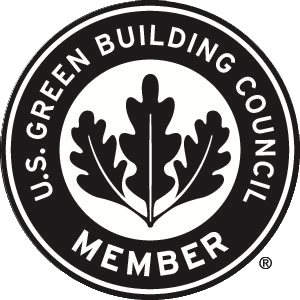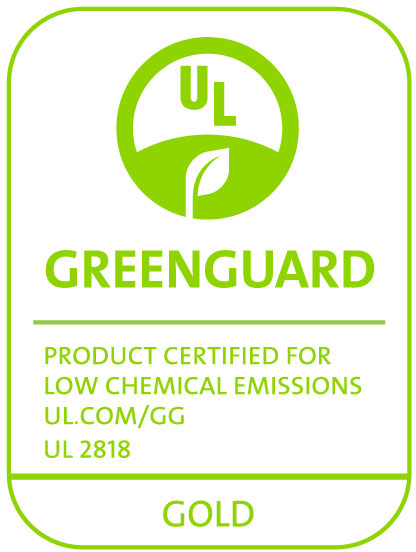Selecting the proper insulation for industrial facilities is challenging for the owner and mechanical engineer due to critical success factors such as wide ambient and line temperature ranges, cycling systems, expensive piping and equipment, condensation, noise & process control, personnel and fire protection, all while requiring minimal downtime.
AEROFLEX EPDM™ closed cell elastomeric foam insulation for industrial facilities delivers a favorable return on investment for owners by saving energy while protecting equipment from corrosion under insulation (CUI) when insulating pipes, pumps, tanks, vessels and spheres











